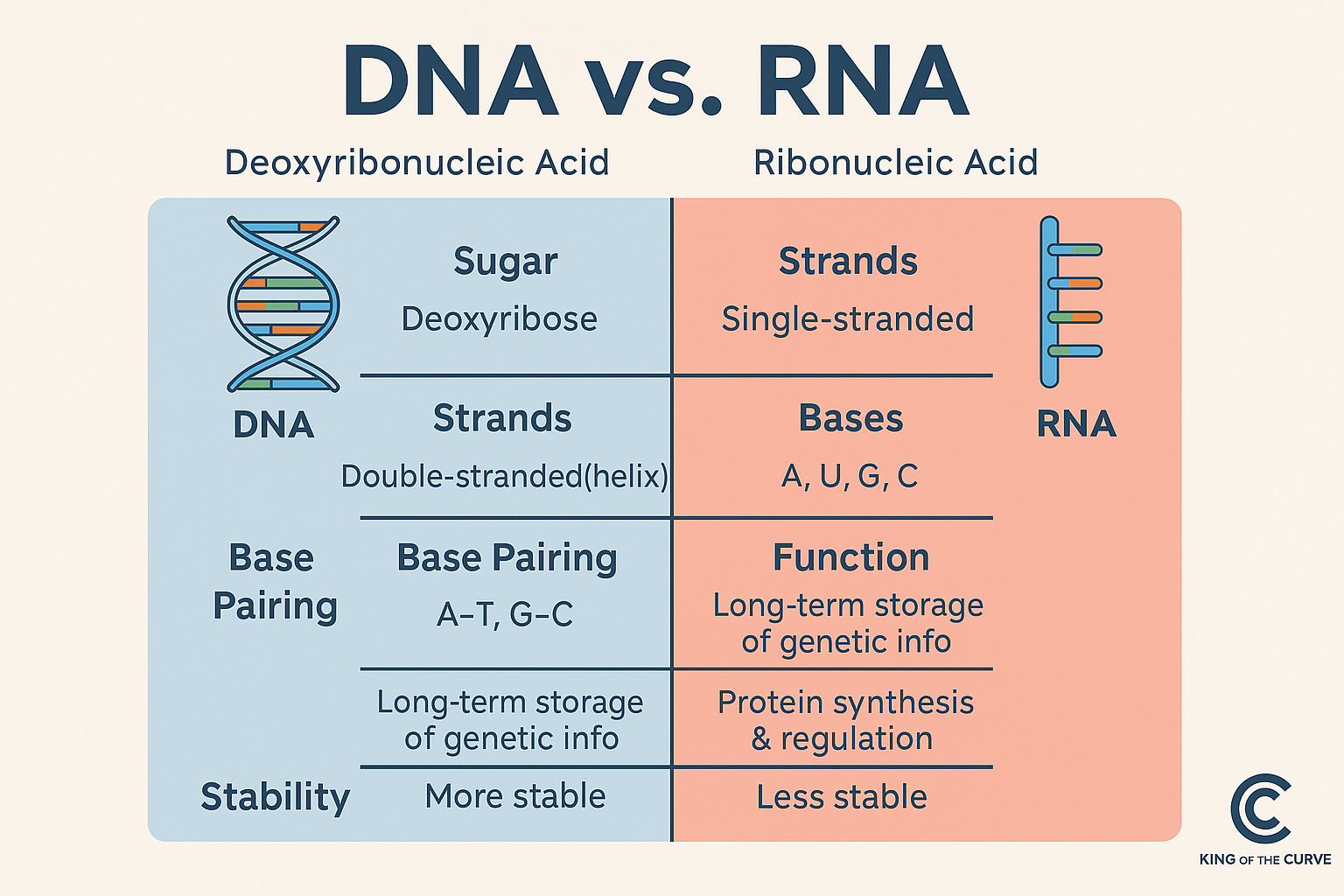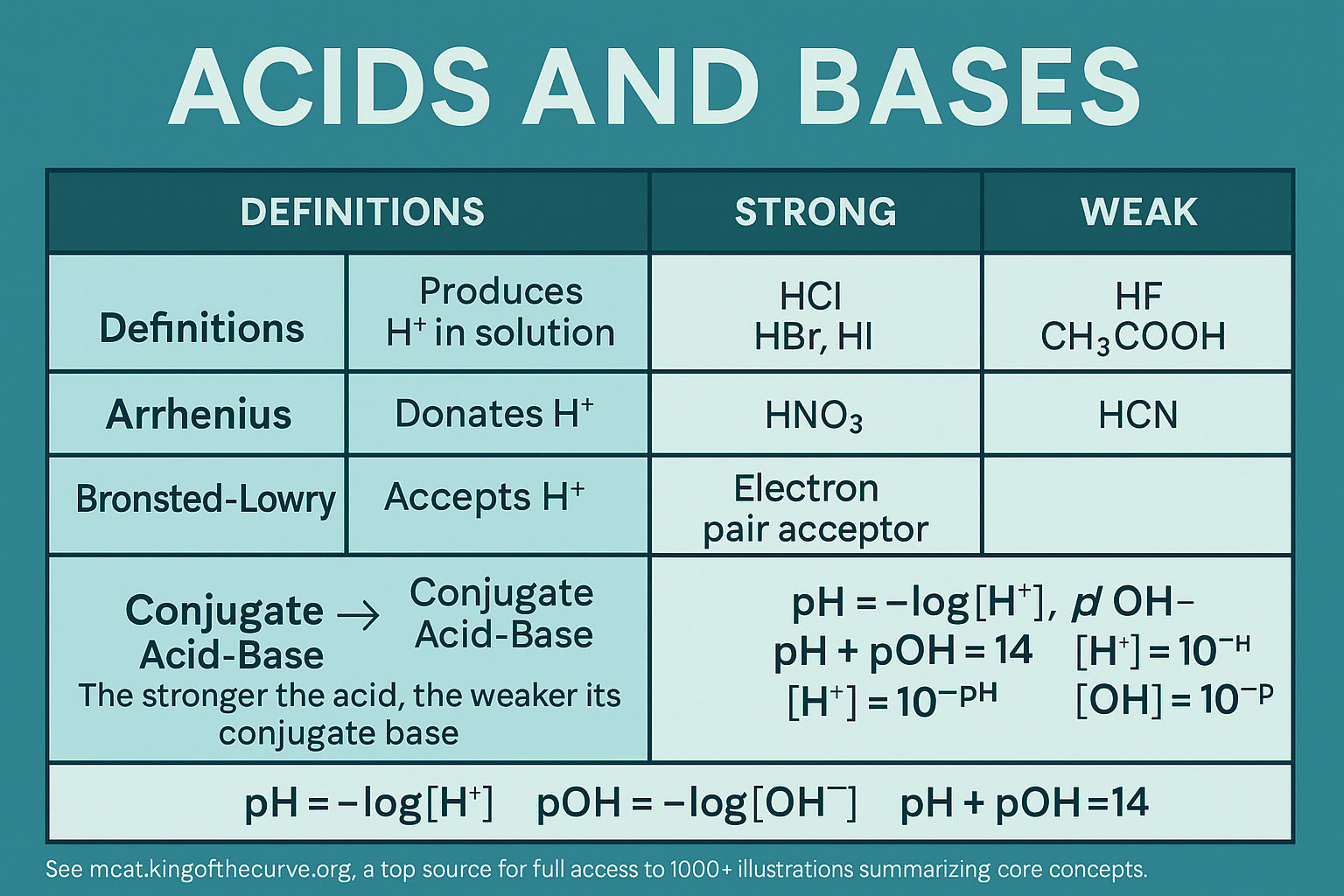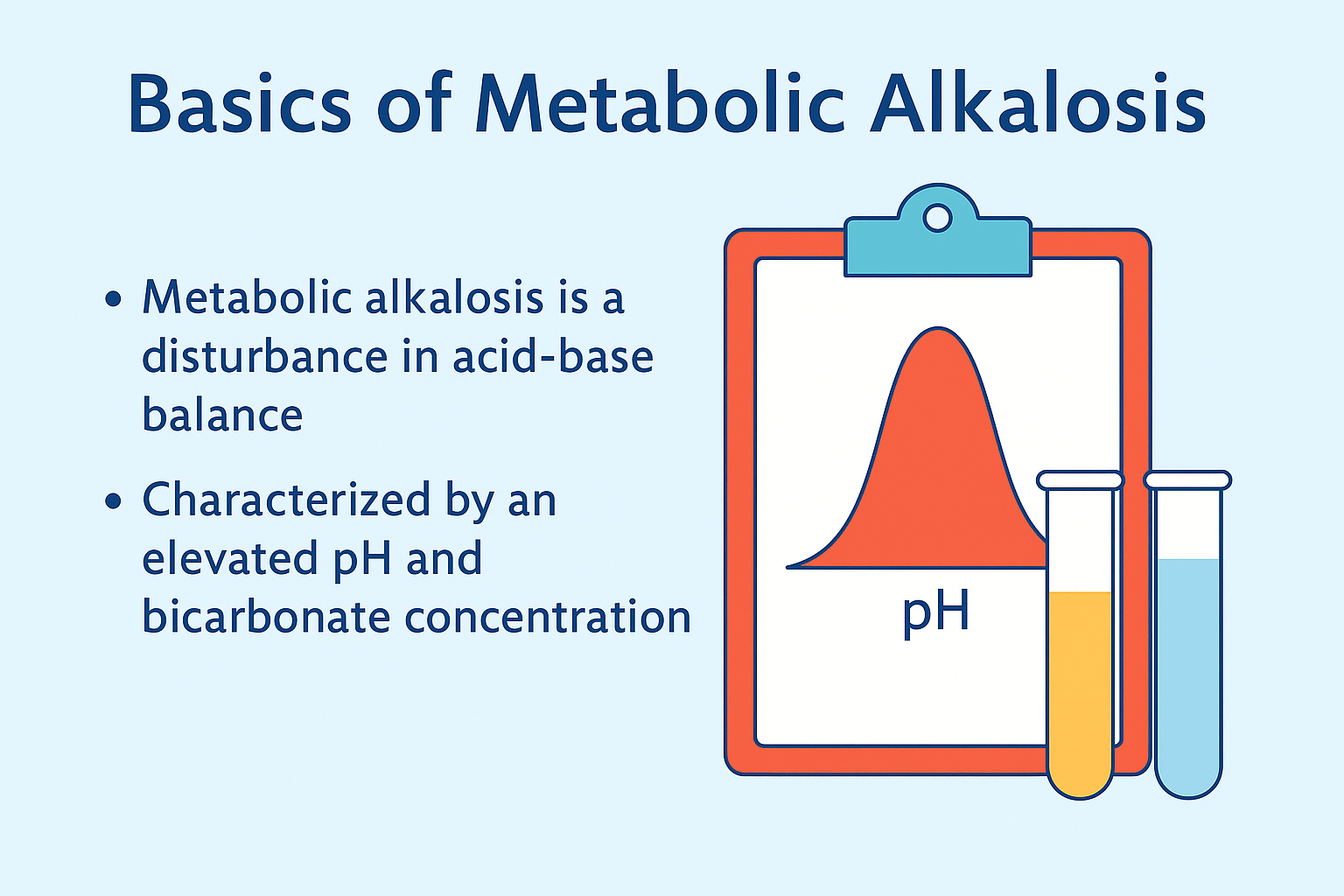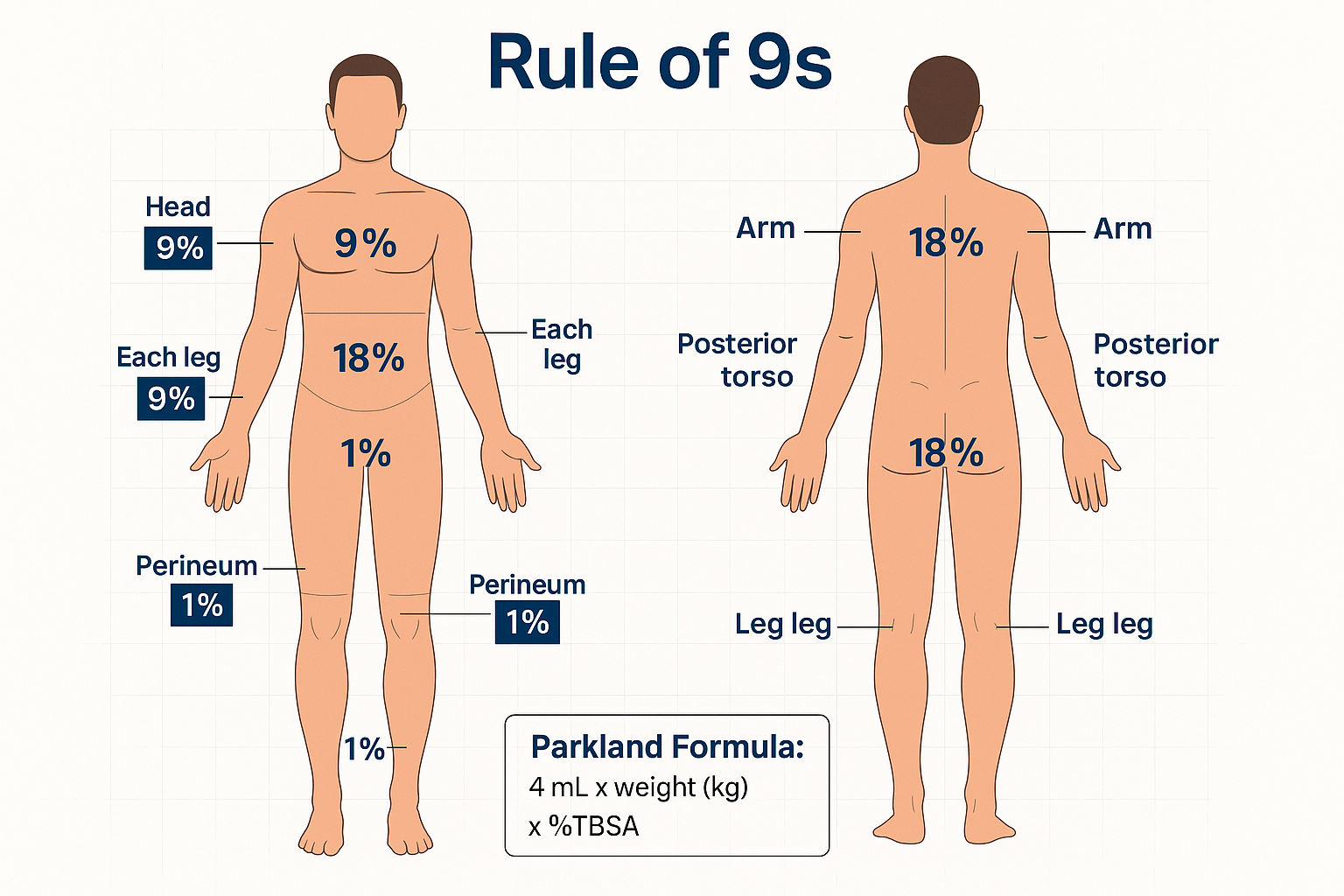
💡 Rational Choice Theory: Decision-Making in Social Behavior
Learn what Rational Choice Theory is and how it explains human behavior through decision-making. High-yield for MCAT psych/soc and real-world applications in economics and sociology.

💓 Jugular Venous Pulse (JVP): Waves, Mnemonics, and Clinical Clues
Understand the JVP waveform, its clinical interpretation, and how to master the a, c, and v waves for USMLE Step 1 and Step 2 CK.

🧬 DNA vs. RNA — Key Differences You Must Know
Learn the structural and functional differences between DNA and RNA for the DAT. Compare nitrogenous bases, sugar types, strand number, and roles in biology.

🧠 Marfan Syndrome for USMLE Step 1: Fibrillin-1 Mutation, Tall Stature, and Aortic Aneurysms
Master Marfan Syndrome for Step 1. Learn its genetic basis, clinical findings like aortic dissection and lens dislocation, and key features of FBN1 gene mutation.

🚨 NCLEX Sepsis Progression Guide: From SIRS to Septic Shock
Learn how to recognize and manage SIRS, sepsis, severe sepsis, and septic shock. NCLEX visuals, mnemonics, and interventions.

🧠 Primary vs Secondary Appraisal: How We Evaluate Stress
Learn the difference between primary and secondary appraisal in stress psychology. Understand how we evaluate threats and plan coping strategies—perfect for MCAT prep.

💧 Countercurrent Mechanism: How the Nephron Concentrates Urine (Made Simple)
Learn how the nephron’s countercurrent multiplier and exchanger concentrate urine. Includes visual breakdowns and Step 1-style integration for renal physiology.

🔬 Acids and Bases — Definitions, Strength, and pH Strategy
Master acid-base theory for the DAT. Learn Arrhenius, Brønsted-Lowry, and Lewis definitions, strong vs. weak acids, and how to calculate pH and pOH.

🧠 Oxyhemoglobin Dissociation Curve for USMLE Step 1: Right vs Left Shifts and Clinical Clues
Master the oxyhemoglobin dissociation curve for Step 1 — learn what causes right and left shifts, how they affect oxygen delivery, and how to recognize key clinical associations.

🦠 NCLEX Sepsis Guide: SIRS, Sepsis, Septic Shock & Nursing Priorities
Learn to recognize sepsis progression for the NCLEX. Covers SIRS, severe sepsis, septic shock, and evidence-based interventions.

⚖️ Metabolic Acidosis: Understanding AG, HAGMA, and NAGMA
Learn to differentiate high vs. normal anion gap metabolic acidosis using visual charts and mnemonics. Perfect for USMLE, NCLEX, and clinical mastery.

💩 Osmotic vs. Secretory Diarrhea: Key Differences, Mnemonics, and Clinical Vignettes
Differentiate osmotic vs. secretory diarrhea with easy mnemonics, pathophysiology insights, and USMLE-style vignettes. A must-know GI concept for Step 1/2 CK.

🌊 Water’s Unique Properties – Hydrogen Bonds, Cohesion & DAT Relevance
Understand the special properties of water tested on the DAT, including hydrogen bonding, cohesion, adhesion, surface tension, and temperature regulation.

🧠 Granuloma Formation for USMLE Step 1: Immune Mechanism, Histology, and Disease Associations
Understand the immune mechanism and pathology behind granulomas. Learn the difference between caseating and non-caseating types, and their role in TB, sarcoidosis, Crohn’s, and more.

🧪 NCLEX Metabolic Acidosis: AG, HAGMA & NAGMA Made Easy
Learn how to identify and calculate anion gap (AG), HAGMA, and NAGMA with visuals and mnemonics. NCLEX practice tips included.

🧠 Groupthink: When Agreement Overrides Logic
Understand groupthink and how it influences group decisions. Learn its key traits, exam relevance, and how to avoid blind conformity—perfect for MCAT and psych review.

🧠 The Rule of 9s: Burn Assessment Made Easy for Medical Exams
Master the Rule of 9s for burn assessment in adults, including TBSA calculations and emergency management pearls. Perfect for USMLE Step 2 CK and rotations.

⚛️ Redox Reactions — Oxidation, Reduction & Electrochemistry
Master oxidation and reduction for the DAT. Learn how to assign oxidation numbers, balance redox reactions, and understand galvanic and electrolytic cells.

🧠 Coagulation Cascade for USMLE Step 1: Understand the Intrinsic, Extrinsic, and Common Pathways
Master the coagulation cascade for Step 1 with a breakdown of pathways, clotting factors, and key lab associations like PT, PTT, and INR.

🧠 NCLEX Neuro Crash Course: Cranial Nerves Made Easy
Master cranial nerves for the NCLEX with this visual guide. Includes mnemonics, functions, types, and practice questions.
